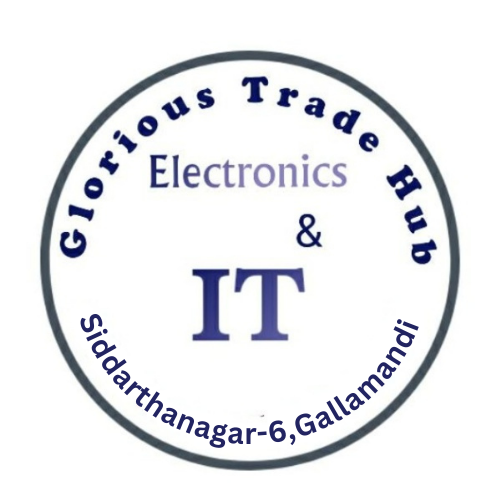The X ray Fluorescence Analyzer Market Share is experiencing remarkable growth as industries increasingly adopt advanced analytical techniques for material characterization. X-ray fluorescence analyzers are instrumental in determining material composition, making them essential in sectors ranging from manufacturing to environmental monitoring. These non-destructive testing devices are widely used to enhance operational efficiency while ensuring precision in quality control processes.
Industries are increasingly relying on industrial XRF systems and spectroscopic analyzers for rapid and accurate elemental analysis. The demand for portable and benchtop XRF solutions is rising, as they provide flexibility for on-site testing without compromising accuracy. This trend is further supported by technological innovations in detectors and analytical software, enabling high-resolution material characterization and improved detection limits.
The growth of the X ray Fluorescence Analyzer Market Share is also influenced by advancements in related technologies. For instance, developments in the Canada 5G Customer Premises Equipment Market have strengthened industrial operations through enhanced connectivity, allowing real-time data monitoring and remote management of XRF devices. Similarly, innovations in Sic Gan Power Semiconductor Market are driving the adoption of energy-efficient and high-performance electronics used in XRF analyzers.
Key applications driving market expansion include quality assurance in manufacturing, environmental testing, metal and alloy identification, and mining. Elemental analyzers are becoming indispensable tools in research laboratories and industrial facilities, enabling fast and accurate detection of trace elements without destroying the sample.
Market Dynamics
-
Drivers: Rising demand for non-destructive testing devices, increasing industrial quality standards, and adoption of advanced spectroscopic analyzers.
-
Opportunities: Growth in portable XRF solutions, integration with IoT-enabled systems, and expansion in emerging economies.
-
Challenges: High equipment costs and the need for skilled operators.
As industries continue to embrace precision and efficiency, the X-ray fluorescence analyzer market is expected to witness sustained growth, reinforcing its significance in industrial material analysis and quality control.
FAQs
Q1: What is the primary function of an X-ray fluorescence analyzer?
A1: X-ray fluorescence analyzers are elemental analyzers used for non-destructive testing to determine material composition accurately and efficiently.
Q2: Which industries benefit the most from industrial XRF systems?
A2: Industries such as manufacturing, mining, environmental monitoring, and research laboratories benefit the most due to their need for precise material characterization.
Q3: How are related technologies like Sic Gan semiconductors influencing XRF analyzers?
A3: Advances in Sic Gan power semiconductors enhance the energy efficiency, performance, and miniaturization of XRF devices, making them more versatile and cost-effective.


